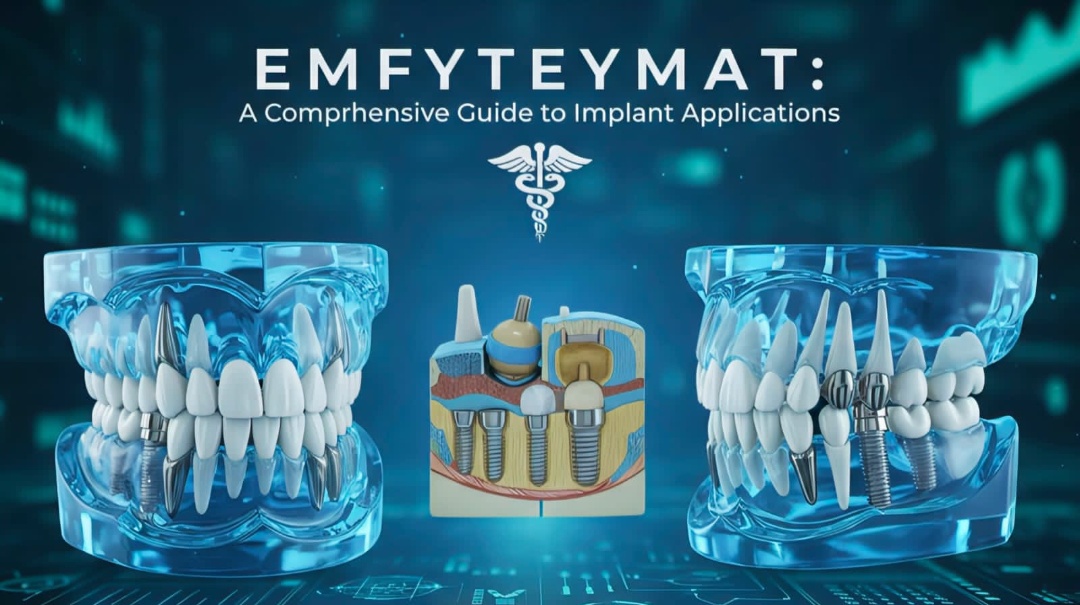We all know by now that AI (artificial intelligence) is revolutionising virtually every industry—but how is it helping advance cybersecurity?
After all, with how central the internet now is to our everyday lives, personal digital data is akin to gold. All sorts of cybercriminals are conniving to steal it, and their techniques grow more sophisticated by the day.
In this article, let’s take a look at how AI offers powerful, innovative solutions to protect our digital information.
The Rising Need for Data Protection
The importance of personal data protection truly cannot be overstated.
Almost every aspect of our life, from the professional to the personal—our money in banks, our medical records in hospital’s digital systems, our emails, our social media accounts—is now online.
If our digital information—passwords, accounts, and other personal data like home addresses—gets stolen, we’re looking at life-changing financial and personal loss.
How AI Enhances Data Protection
Unfortunately, traditional security measures such as passwords and firewalls are starting to grow weaker in the face of more advanced cyber-attacks.
However, AI has three abilities that can be harnessed into incredible cybersecurity applications:
- Analyze vast data sets;
- Identify patterns;
- Respond in real-time, independent of human input.
These abilities are transforming our current cybersecurity technologies into something exponentially more efficient and effective. Let’s delve deeper into how exactly AI can safeguard your personal data.
Threat Detection and Prevention
AI-powered systems can be used to analyse network traffic and user behavior in real time, detecting fraudulent or suspicious activities as they come up.
It can, for example, help detect if an email is a phishing attack—which is by far the most common method hackers use to steal data. According to the UK’s National Cyber Security Centre, they’ve already received 39 million phishing attack reports as of February 2025.
AI can also be used by financial institutions or e-commerce platforms to detect and prevent fraud. For example, if a user suddenly makes an unusually large transaction from an unfamiliar location, AI can trigger protective measures before the money is spent.
These AI-based intrusion detection systems (IDS) allow for a more proactive approach. This is because they can also automatically alert security teams—or even take corrective action on their own, such as blocking access or quarantining a compromised device—before harm can be done.e
Enhanced Biometric Authenticaiton
Additionally, AI’s analytical power presents us with new possibilities when it comes to biometric authentication.
While we now have functional and widely used fingerprint and facial recognition systems (such as that in your smartphone), they are still far from perfect. They can be spoofed and are sometimes slow or inaccurate.
However, with AI’s advanced pattern recognition abilities, these features can be improved to be more accurate and efficient. And who knows, AI might enable or further other forms of biometric authentication as well, such as:
- Liveliness detection;
- Cardiographic data (heart rate, blood pressure, etc.);
- Body odor (pheromones);
- Hand or finger geometry;
- Vascular anatomy detection;
- Gait analysis;
- Keystroke patterns (for typing passwords);
- DNA.
After all, the more diverse security methods we have, the better we can protect our data.
Automated Data Encryption and Privacy Management
Encryption is a fundamental aspect of data security. It’s one of the main reasons why people often use a virtual private network. It refers to the process of “scrambling” data—or making it unreadable—when accessed by unauthorized parties.
Encryption systems can incorporate AI, automatically encrypting sensitive data, ensuring that it remains secure should it be intercepted by hackers.
Moreover, AI can also help users with privacy management by helping them control their personal data. AI-powered privacy assistants, for example, can help users by analysing the privacy policies of new software, suggesting security settings for online accounts, and even automatically adjusting permissions to limit data exposure.
Challenges and Ethical Considerations
While AI offers a host of amazing benefits in data protection, it brings its share of risks and challenges. Key concerns include:
- Bias in AI Models
AI systems rely on being trained data—that is to say, data collected by people. Such data is, of course, likely biased. This can make AI inaccurate or even make unfair decisions.
Ensuring AI models are trained on a diverse array of datasets is key to minimizing bias.
- Data Privacy Risks
Ironically, AI needs personal data to do its work as well. Will people be willing to share their data now for potentially better data security in the future?
In the same vein, AI companies will need to focus on complying with data privacy regulations, such as the General Data Protection Regulation (GDPR) and the California Consumer Privacy Act (CCPA).
These laws will likely get even stricter and add more provisions the more AI advances and becomes more relevant in the realm of cybersecurity.
- Adversarial Attacks
Cybercriminals are not developing advanced techniques to trick AI systems—who’s stopping them from using AI themselves? It will be a race between governments and cybersecurity institutions against cybercriminals on who can harness AI’s power more quickly and more effectively.
The Future of AI in Data Protection
With how powerful AI already is, it can be easy to forget that the technology is still new. AI can still change and improve in many ways. Emerging trends include:
- AI-Powered Zero Trust Security
A security model that verifies every user and device before granting access to data. While strict and even cumbersome, it greatly reduces the risk of insider threats.
- Blockchain and AI Integration
Combining blockchain’s decentralized nature with AI’s predictive capabilities can exponentially strengthen one’s data privacy.
- Self-Learning Security Systems
Self-learning AI models can continuously learn from new threats and even their own experiences and consequently adapt their defenses in real time.
Conclusion
AI presents new ground, presenting both great opportunities and great challenges when it comes to data protection.
It’s important to be both optimistic and skeptical at the same time. But above all, one needs to be vigilant.
If you want to be as keen as possible on protecting your data, keep an eye out for the latest news on AI and cybersecurity. New technologies and new threats emerge regularly, and you’ll want to stay ahead of the curve to ensure that your data remains yours and yours alone.










